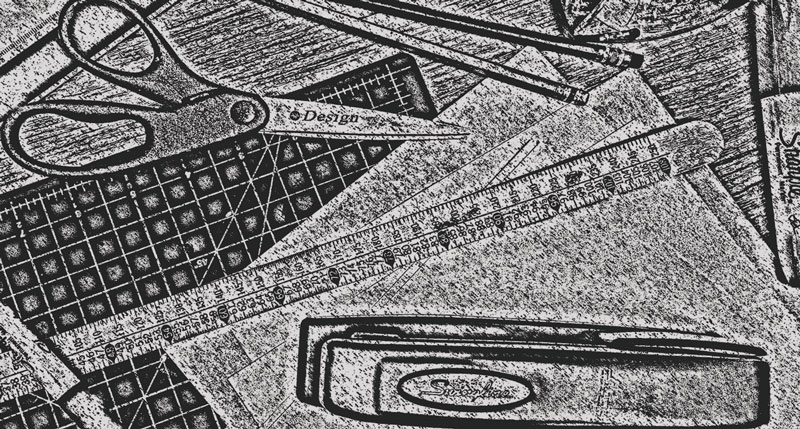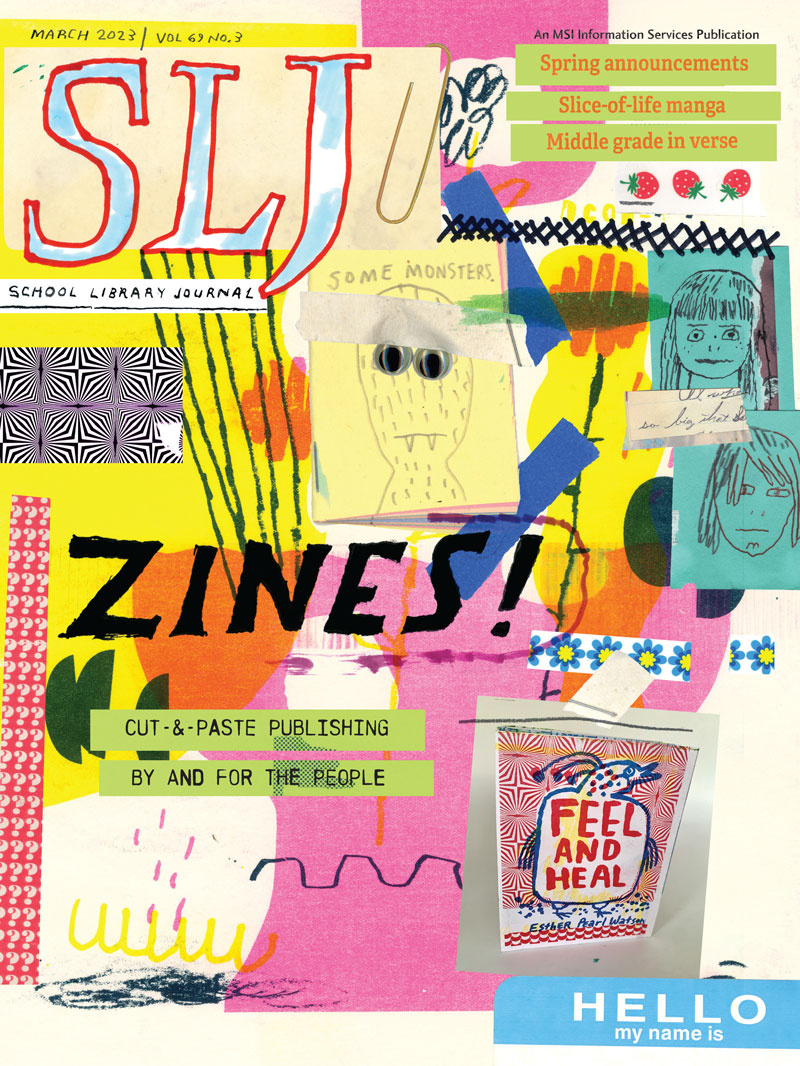9 Tips for Zine-Making Workshops
Best practices and suggestions for creating these DIY publications, from starting with the right materials to supplying creative prompts.

|
Related ArticlesZines: Cut-and-Paste Publishing by and for the People |
1. Gather materials: Paper (8.5” x 11” white paper is fine), pencils, erasers, black pens, glue sticks, scissors, old magazines, black-and-white clip art, a stapler. Ensure photocopier access.
2. Allow one or preferably two hours to explain the process, share samples, create, and clean up. You may need more sessions.
3. Once your creators have an idea, estimate how many pages it needs. One piece of paper folded = four pages of zine, so zine pagination grows in units of four. Eight to sixteen pages often work well for beginning zines.
Also read: "Zines: Cut-and-Paste Publishing by and for the People"
4. Zine prompts: What do you love or hate? What do you wish you could read about but never see? What cracks you up? What do you wish you could change? C onsider: a perzine (a personal story); a split zine (two people each write half); a compilation with many contributors.
5. The zine kids create is the master copy. Leave it unstapled so you can make photocopies. Collate, fold, and staple the copies. These are what you trade, give away, or sell.
6. Basic tips you’ll be grateful you remembered:
- Leave a decent margin around your pages so the photocopier won’t cut off any content.
- Write with a black pen. Pencil doesn’t photocopy well; Sharpies often bleed through the paper.
- High-contrast (black-and-white) photocopies workbetter than grays.
- Include page numbers to help when you collate.
- Consider what name/pen name and contact info students will or won’t include on their zines.
- Give students folders for all their zine pieces.
7. Zines can include writing, comics, drawings, typing, magazine collages, black-and-white clip art, and more. Experiment with the look and the content. Photocopied pages of images from clip art books and old magazines for collage will make students feel rich with images!
8. Zine making engenders a mellow, collaborative vibe. It’s nice to have background music and encourage students to work together and share resources. If you are required to grade the zines, evaluate students’ process, not just the content.
9. Consider how you might share students’ zines via your school library, an exhibit, a zine fest, or copies given out at school.
Cathy Camper is an artist, librarian, zine creator, and author of books for children and teens.
RELATED
The job outlook in 2030: Librarians will be in demand
The job outlook in 2030: Librarians will be in demand
ALREADY A SUBSCRIBER? LOG IN
We are currently offering this content for free. Sign up now to activate your personal profile, where you can save articles for future viewing







Add Comment :-
Be the first reader to comment.
Comment Policy:
Comment should not be empty !!!